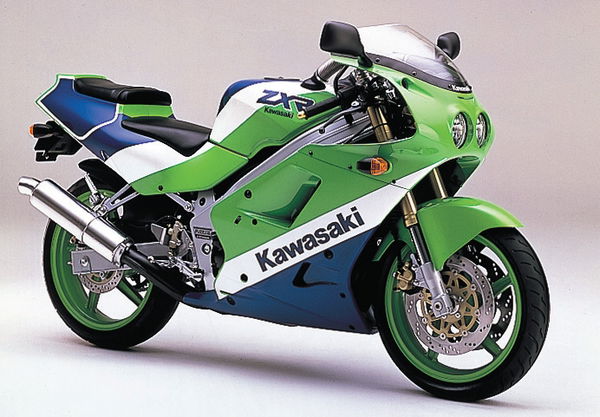Return of the 250cc four?
Could Kawasaki bring back the ZXR250?


THAT’S the latest rumour from Indonesia, where several biking blogs are reporting that Kawasaki – which currently does very well over there with the Ninja 250 – is set to make a new four-cylinder 250cc sports bike.
The current circumstances in Indonesia may well be reaching the point where such a bike makes sense. The country, with a population of nearly 250 million, has motorcycle sales approaching 8 million per year. Bikes from 250cc to 500cc face a 60% ‘luxury’ tax, rising to 75% above 500cc, meaning the sub-250cc market accounts for virtually all of those 8 million sales.
Over recent years, Indonesia’s growing economy and booming middle-class consumer society means sports bikes have become increasingly popular; most of them built in factories in Indonesia to get around massive import duties on machines not made there (eg, a US-made Harley-Davidson, over 500cc, would suffer a 60% import tariff, a 75% luxury tax and 10% VAT.) It’s where Yamaha’s new R25 is being built and also where the lion’s share of sales are expected.
Kawasaki’s existing twin-cylinder Ninja 250 (similar to the Ninja 300 we get over here) is still based around an ancient engine design derived from the old GPz250, and the firm knows that the all-new Yamaha twin will be stiff competition. The firm’s Indonesian manufacturing arm appears to be the source of the new four-cylinder 250cc rumours – a screaming 250cc four like the old ZXR250 could easily beat single and twin-cylinder rivals for power, since even the old version made 45bhp at 15,000rpm on the way to its mad 19,000rpm red line, and given the tax advantages of sub-250cc bikes would make sense for increasingly wealthy Indonesian riders looking for something a bit spicier than the current offerings.
Should a bike like this actually be made, it could even be developed from the old ZXR250R engine design, albeit updated with fuel injection and other mods to meet modern emissions regs. Sales outside Indonesia would be very much a secondary concern, but with enough demand, who knows?











